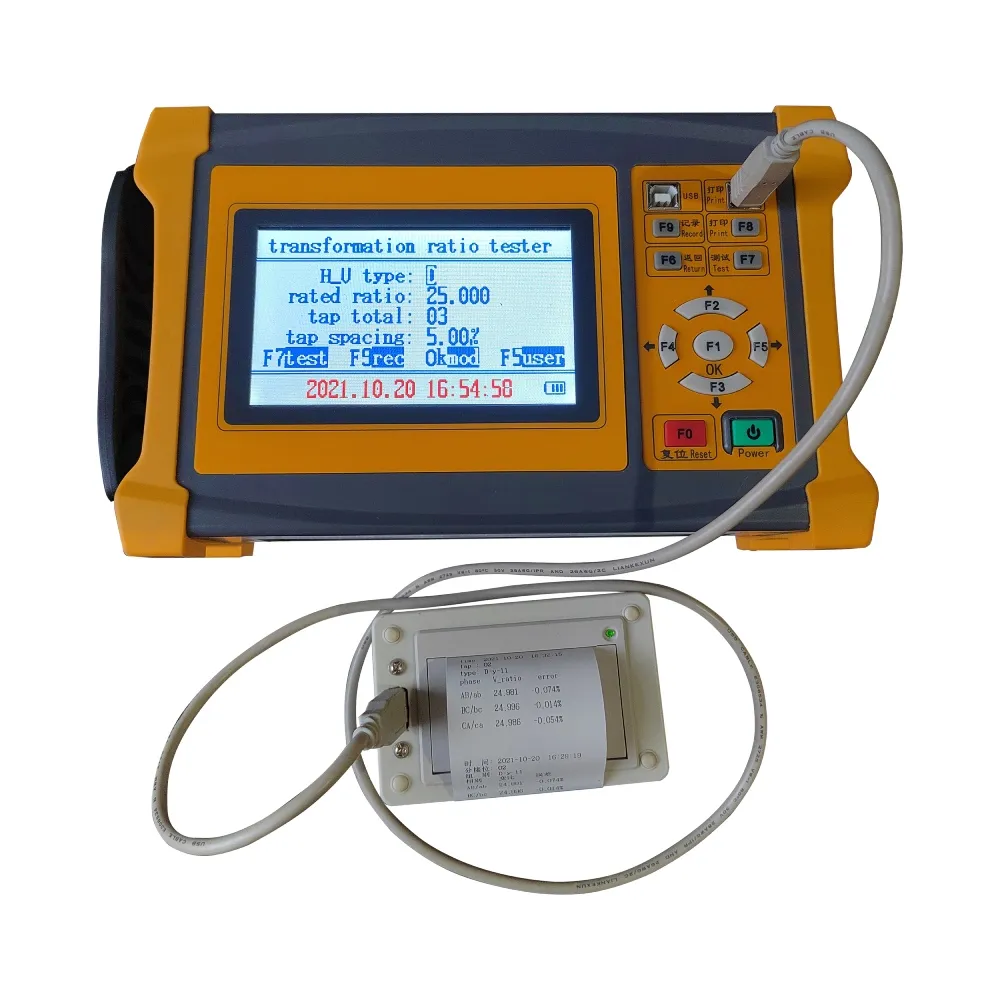 English
English


transformer with winding resistance
Understanding Transformers with Winding Resistance
Transformers are integral devices in electrical engineering, playing a vital role in the distribution and management of electrical energy. A fundamental aspect of transformers that significantly influences their performance is winding resistance. This article delves into the concept of winding resistance in transformers, its implications, and its importance in electrical engineering applications.
What is Winding Resistance?
Winding resistance refers to the resistance encountered by the current as it flows through the windings of a transformer. These windings, usually made of copper or aluminum, undergo various physical and electrical factors that contribute to their resistance. Winding resistance is crucial because it leads to energy losses in the form of heat, commonly known as copper losses or I²R losses. This loss can affect the overall efficiency of the transformer, which is typically expected to function with high reliability and minimal energy waste.
Factors Affecting Winding Resistance
Several factors influence the winding resistance of a transformer
1. Material Type Copper is the preferred material for transformer windings due to its excellent conductivity. However, the choice of aluminum, which is lighter and less costly, can also be seen in many applications. The conductivity of the material significantly impacts the resistance.
2. Temperature The resistance of the windings increases with temperature due to the inherent properties of metals. An increase of 1°C can raise the resistance of copper by approximately 0.39%. Monitoring the temperature is essential for maintaining optimal transformer operation.
transformer with winding resistance

3. Winding Configuration The physical arrangement and the number of turns in the winding can also impact resistance. A more complex winding structure might introduce extra lengths of wire, leading to higher resistance.
Implications of Winding Resistance
High winding resistance can result in significant energy losses, leading to inefficiencies in power transmission. Such losses not only increase operational costs but also can cause overheating, potentially damaging the transformer and reducing its lifespan. Engineers must carefully consider winding resistance during the design phase to balance efficiency and cost-effectiveness.
Measuring Winding Resistance
Winding resistance can be measured using several techniques, one of the most common being the four-wire measurement method. This technique minimizes the error caused by the resistance of the test leads, providing a more accurate determination of the winding resistance. Regular testing is advised to monitor transformer health and ensure optimal performance.
Conclusion
Winding resistance is a critical component in the design and operation of transformers. Understanding its effects, measurement, and the factors that contribute to it can lead to better transformer design, improved efficiency, and enhanced reliability of electrical systems. As the demand for efficient energy transmission continues to grow, attention to details such as winding resistance will become increasingly important in the field of electrical engineering. Ensuring that transformers operate at their best not only contributes to reduced energy costs but also supports the sustainability goals of modern electrical infrastructure.
-
Differences between open cup flash point tester and closed cup flash point testerNewsOct.31,2024
-
The Reliable Load Tap ChangerNewsOct.23,2024
-
The Essential Guide to Hipot TestersNewsOct.23,2024
-
The Digital Insulation TesterNewsOct.23,2024
-
The Best Earth Loop Impedance Tester for SaleNewsOct.23,2024
-
Tan Delta Tester--The Essential Tool for Electrical Insulation TestingNewsOct.23,2024





